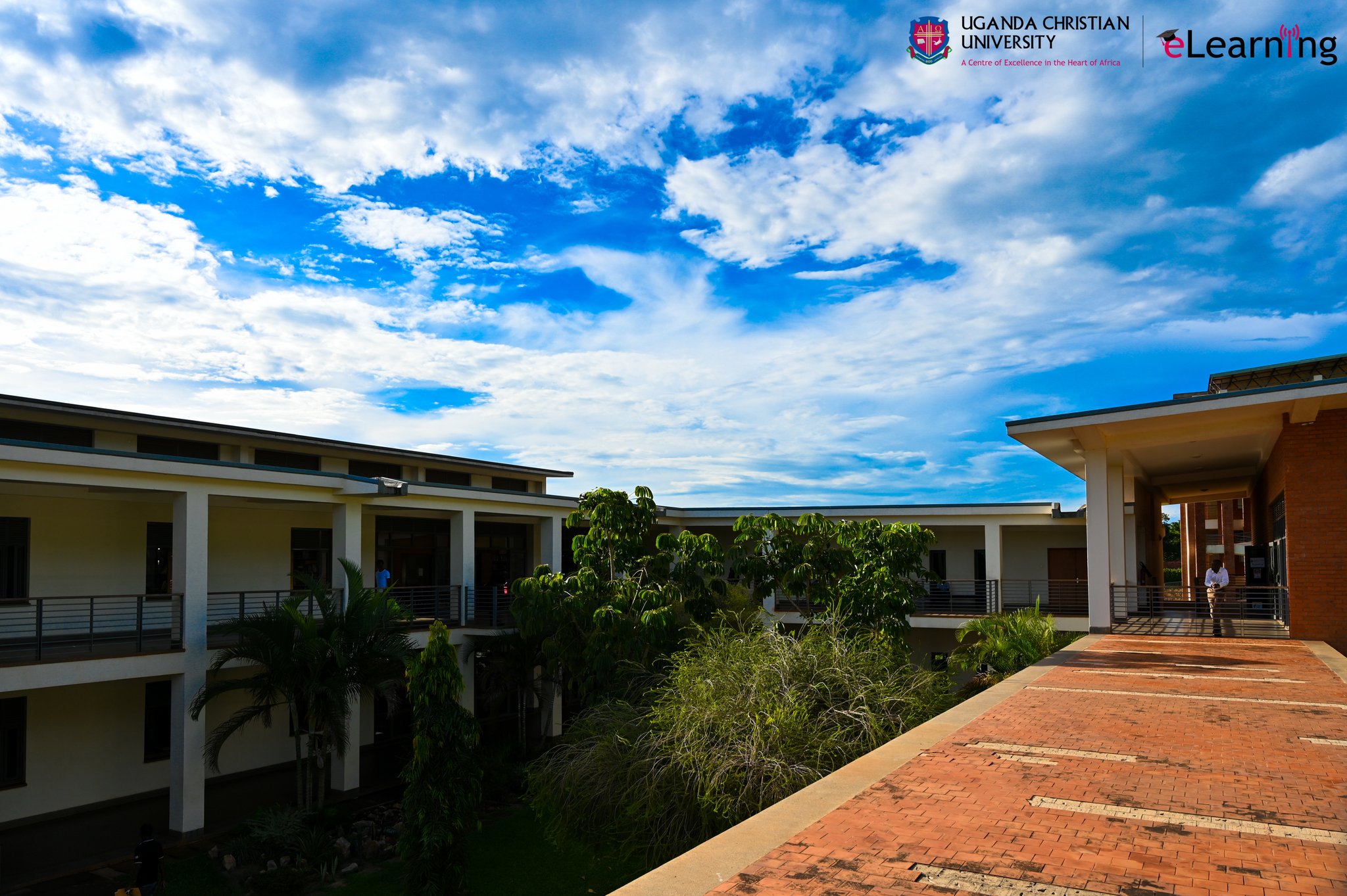
By Ivan Tsebeni
Boss John Bruce, an alumnus of Uganda Christian University (UCU), has been elected the Guild President of Uganda’s Law Development Centre (LDC). In the elections held on November 8, Bruce garnered 69% of the votes cast, beating off a challenge from Mubarak Kalungi, who polled 31% of the votes.
LDC offers a postgraduate bar course, the Postgraduate Diploma in Legal Practice, a mandatory course for all lawyers intending to practice law in Uganda. LDC is the only institution that offers such a course in Uganda.
Bruce, a former UCU Guild Electoral Commission chairperson, says that the latest electoral victory is the biggest political milestone in his life.
During his one-year term of office at LDC, Bruce has promised to set up a hotline that students can use for giving feedback to the body’s management and student leaders. He also hopes to create strategic partnerships and alliances with organizations, to enable LDC to extend its brand reach.
“We are looking forward to utilizing the student leadership structures so that we can receive your concerns and the same will be passed on to the administration in a timely manner,” he told the students during campaigns.
Bruce joins former student colleagues at UCU who have in the recent past achieved victory in elections. Ezra Ambasiize, currently a fourth-year student of Bachelor of Laws at UCU, was recently voted the speaker of the fourth National Youth Parliament of Uganda. Immediate past UCU Guild President Agaba Kenneth Amponda also was recently elected the Speaker of the Uganda National Students Association, an umbrella body of student leaders in the country.

Bruce’s triumph at LDC elicited celebrations at UCU. “The Guild Government, together with the entire students’ community, take this opportunity to congratulate @Bossjohnbruce upon being elected Guild President Law Development Center (K’la Campus). Bruce is a former Guild EC Chairperson,” the UCU guild government tweeted.
“Congratulations to UCU’s former Guild Chairperson Electoral Commission, Boss John Bruce, for being elected LDC Guild President,” read one of the posts on UCU’s Facebook page.
UCU Deputy Vice-Chancellor in charge of Academic Affairs Dr. John Kitayimbwa said: “As a university, we are blessed to have our alumnus triumph in the LDC elections. Glory back to God.”
At UCU, Bruce will be remembered for overseeing an online voting process, as the university’s elections boss. The e-voting app, code-named e-Chagua, helped UCU, for the first time, in 2020, to change its student leaders even when the university was not fully functioning. Uganda had imposed a lockdown on in-person learning in schools as a result of the COVID-19 pandemic. Out of that process,
Agaba Kenneth Amponda became the university’s new guild president in November 2020. In November 2021, Sserwadda Rachael became the second Guild President of UCU to be voted using the e-Chagua platform.
Bruce was born to Bernard Betambira and Beatrice Ndagano, of Ibanda district in western Uganda. It is in the same region where Bruce had his education before joining UCU in 2016, to pursue a Bachelor of Laws course.







